GPT-5 is Finally Here: These 3 Upgrades Are Total Game Changers
Here's what you should know about GPT-5
GPT-5 has officially arrived!
It’s being rolled out to all ChatGPT users (even the free tier). After watching the live stream by OpenAI and the reviews made by users who got early access, I found 3 upgrades that are total game changers.
Here are the 3 upgrades that will impact anyone using ChatGPT.
To get weekly articles like this, subscribe 👇 After subscribing, check my welcome email to download my Python, ChatGPT, and more cheat sheets :)
#1 ChatGPT’s model selector has evolved. Here’s why it matters to you
One of the most significant updates in GPT-5 lies in how the model operates internally. In the past, there was a model selector with a long, confusing list of models, so most users stuck with the default GPT-4o and missed out on ChatGPT’s full potential.
Now, instead of switching between different models, GPT-5 has been built as a unified system. This allows it to decide in real time how much processing power to apply based on the complexity of the request.
For simple questions, GPT-5 responds almost instantly using a lightweight approach. However, when faced with more complex or open-ended problems, it can engage in a deeper reasoning process, which OpenAI refers to internally as “GPT-5 Thinking,” in order to deliver a more expert-level response.
This is made possible by an intelligent router within the model that analyzes each prompt and automatically assigns more computational effort when needed. The technique behind this is known as test-time compute.
In simple terms, this means users no longer need to manually switch to a slower, more advanced model when tackling difficult tasks. GPT-5 manages everything in the background, making the process seamless. Even users on the free plan can benefit from this adaptive reasoning capability, which OpenAI sees as a major step toward making expert-level AI accessible to everyone.
Sam Altman noted, “GPT-5 is really the first time one of our core models has felt like you’re talking to a true expert (someone with a PhD) who can answer just about anything.” This highlights the new standard GPT-5 is aiming to set: offering an “expert in your pocket” for almost any topic or question.
#2 Fewer hallucinations
Anyone who has spent time using ChatGPT knows it can sometimes make things up or respond with excessive confidence. GPT-5 takes this problem seriously and introduces significant improvements. According to OpenAI, GPT-5’s answers are far more factual and grounded than those from previous models.
When operating in its intensive reasoning mode, GPT-5 produced around 80% fewer factually incorrect statements than OpenAI’s previous high-end model. In other words, the overall rate of hallucinations has dropped considerably.
This improvement was clearly demonstrated in long-form quality control tests involving research articles. In the past, GPT-4 could provide answers that sounded convincing but were ultimately inaccurate. GPT-5, by contrast, was much more likely to give correct responses or acknowledge when it lacked enough information to answer reliably.
That ability to recognize uncertainty is particularly important. GPT-5 has been trained to better identify situations where it may not have all the necessary context and to communicate its limitations more honestly.
For example, when evaluators removed images from a visual test and asked the AI to describe them, o3 confidently failed 86.7% of the time by inventing details that were not actually present. GPT-5, in comparison, only made that error about 9% of the time and typically acknowledged that it could not “see” the missing image.
To sum it up, in scenarios where the most appropriate answer is simply, “I can’t do that,” GPT-5 is more likely to respond that way.
From a user experience standpoint, GPT-5 should feel more trustworthy overall, although it is still not perfect. OpenAI has acknowledged that, despite meaningful progress, there is still a lot of work ahead in improving the model’s truthfulness.
#3 You can use GPT-5 to create apps in seconds (even without a programming background)
During the launch demonstrations, one of the most impressive moments was when GPT-5 generated fully functional software applications on demand, starting from nothing more than a simple description.
GPT-5 can bring any hard concept to life in moments!
GPT-5 can handle complex coding challenges far more effectively than earlier versions. Developers who tested the alpha version were impressed by its capabilities. It doesn’t just generate code—it can identify deeply hidden bugs and manage multi-step coding projects on its own without losing track of context.
When it comes to front-end web design, human evaluators preferred GPT-5’s output 70% of the time compared to the previous version. They cited its improved use of spacing, typography, and visual design choices.
All this is possible thanks to improvements across a wide range of tasks. After undergoing extensive testing, the model earned top-tier scores on a variety of academic and professional benchmarks.
GPT-5 scored 94.6% on the 2025 AIME math competition. It also reached nearly 75% on SWE-Bench, a challenging software engineering benchmark designed to evaluate real-world programming skills.
In addition, it scored 84.2% on a multimodal comprehension test and achieved the highest result ever recorded on a demanding medical exam benchmark.
Other upgrades to keep in mind
GPT-5 was described as OpenAI’s most capable writing assistant so far. However, I didn’t notice a big improvement in the examples shown by OpenAI. I have to say, though, that GPT-5’s strengths in writing go beyond grammar and correctness, extending to tone, style, and emotional impact. These improvements in GPT-5 make it better at providing medical advice.
Healthcare is an area where GPT-5 shows major progress. According to OpenAI, it’s their best model so far for medical queries. It outperformed all previous versions on a comprehensive benchmark known as HealthBench, particularly in realistic and complex clinical scenarios.
In day-to-day use, GPT-5 acts more like a thoughtful medical assistant. It can proactively raise concerns, ask clarifying questions, and adjust its explanations based on the user’s location and context.
Multimodal understanding was also significantly improved. GPT-5 was trained and evaluated on tasks that require spatial and visual reasoning, and it now performs strongly across multiple multimodal benchmarks. This means the model can interpret a chart or diagram and respond accurately to related questions, or summarize the content of a photo or presentation with much more reliability than GPT-4.
GPT-5 has also become more efficient in how it uses its intelligence. One particularly interesting aspect is that it often produces better results while using fewer resources than before.
In side-by-side comparisons, GPT-5 (when operating in its reasoning mode) was able to outperform OpenAI’s previous top-tier model while using between 50% and 80% fewer output tokens. This leads to more concise responses and requires far less computational effort to deliver high-quality results.
What do you think about GPT-5? Are you happy with it or disappointed? Let me know in the comments!



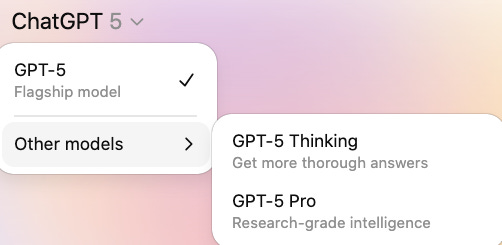
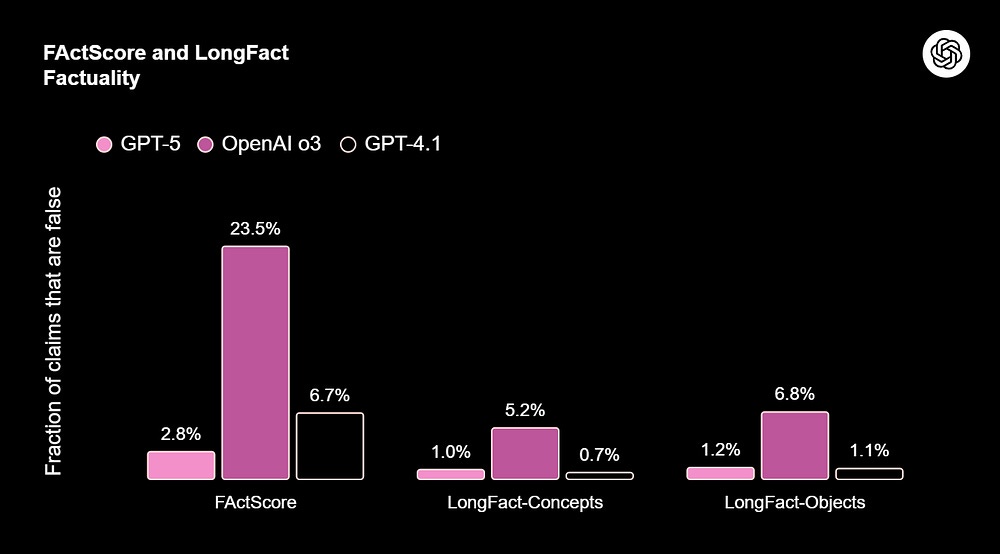
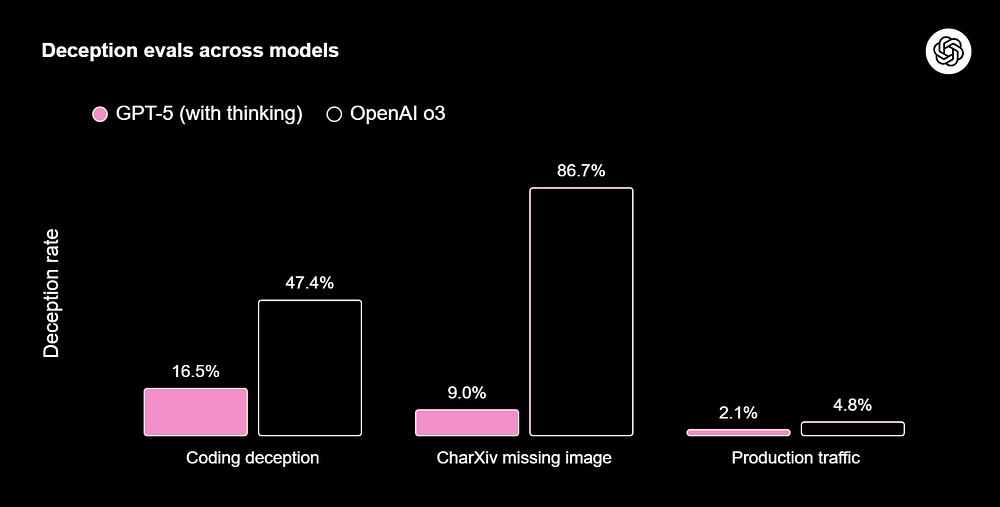
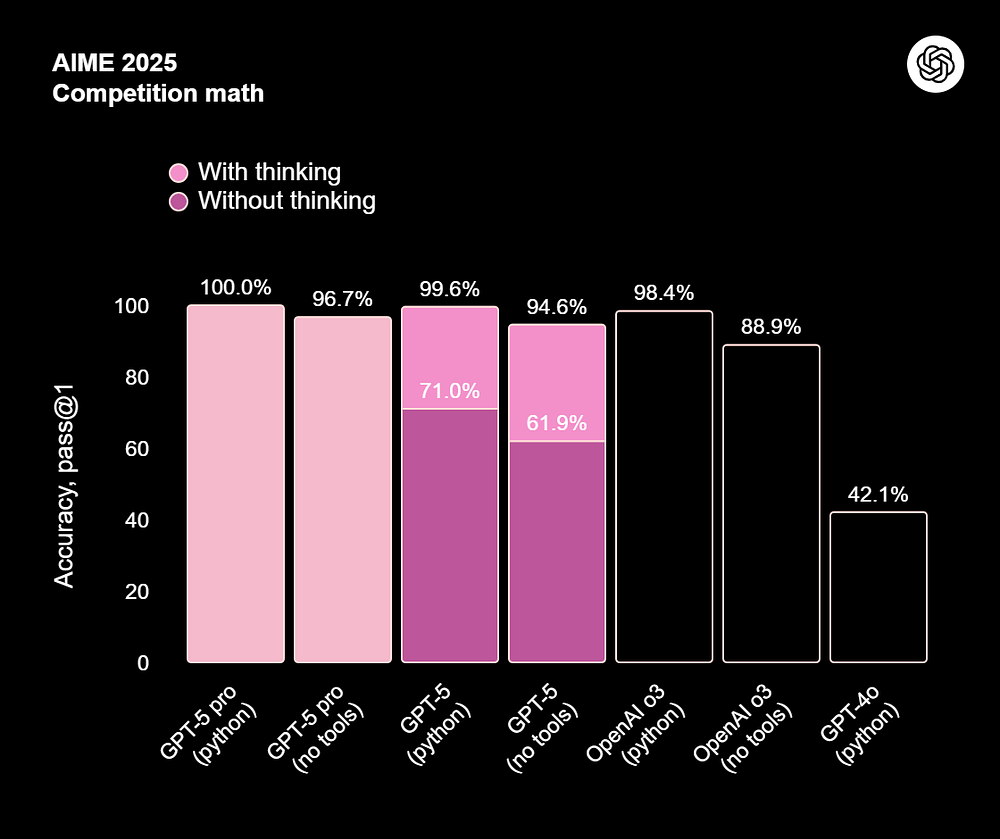
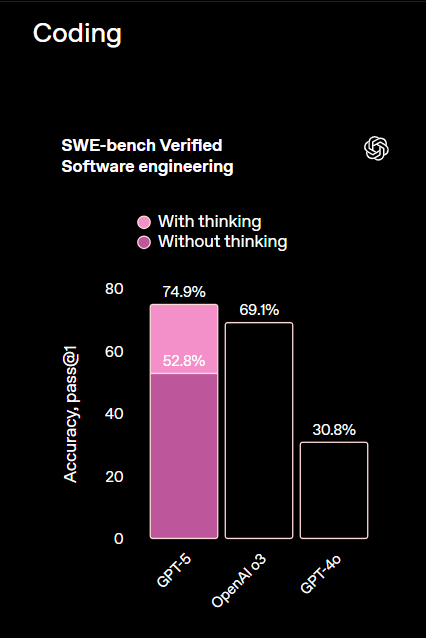
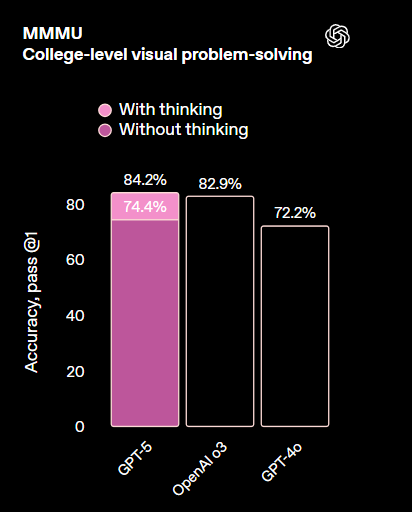
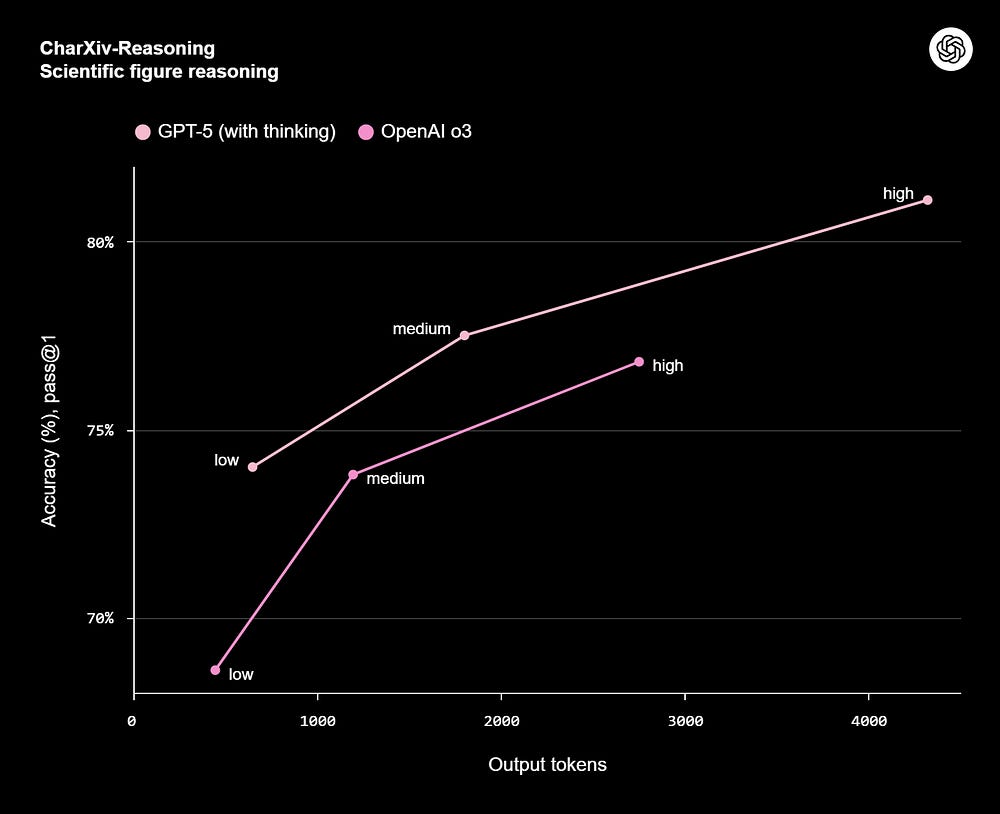
Very interesting